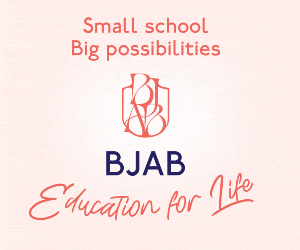Personal Development: Sarbani Sen delves into the complex world of sex, sexuality and sensuality.
When we talk about sexuality, we mean the physical, chemical, emotional and intellectual properties and processes, the cultural and social influences and experiences, how people experience and express themselves as sexual beings. Some aspects of all those things are very diverse and unique, others are very common and collective. In a more and more educated societal context, our vision of sex and relationships has evolved too.
Sex vs relationship: For Esther Perel, Belgian TedX speaker and author of various innovative books on infidelity and marriage, long-lasting relationships require ways of behaving and attitudes that are a turn off for sexual arousal. For her, monogamous life is more linked to the standards of an enterprise than a romantic companionship. Having a liaison brings back the poetic atmosphere that is very much needed for a rich sex life. For her, partners looking outside of their marriage for a liaison don’t actually try to leave their partners, but need to escape from boredom and thus to be able to rejoice again about the attachment to the spouse or husband.
Pamela Haag, historian, talks about “melancholic marriages”, where couples are constantly half-satisfied or happy. As if constancy killed the joy, joy killed security, and security killed desire. To avoid boredom, some will step out of monogamy and try polyamorous relationships. A very complex set of rules can help live this trio or poly relationship in a smoother way. But at the end of the road, someone is often lost in this kind of relationship. This was explored a very long time go by Christiane Singer.
Let’s take a look at the average duration of a monogamous life: statistics show that people still want to go for marriage but autonomy (mainly financial) does not help the project.
Previously it was difficult for a woman to leave her husband because of money. But today, with the possibilities for women to work, it is less certain that they will stay no matter what. Moreover, today women can find other relationships easier, giving them sexual autonomy too. They don’t have to stick to one person, they have the liberty (if they want to) to get another provider. Other sources of pleasure have started showing up too such as tantric massage for women, varieties of dildos and specialized websites for hungry women.
On the other hand, some women choose to no longer have love or sex. They simply feel “full by themselves”. Financial and sexual autonomy have greatly changed the perspectives for life as a couple today, making it a real choice to stick to one partner or stay with one forever. As soon as the other significant other shows signs of weakness or unwanted behaviour he is possibly not going to last very long.
Passion, addictions and perversions: However, according to some authors, passion is to be recommended and yet everybody wants it. According to Anne Dufourmentelle, each of us secretly wants to be taken by this mortal sin: ruin of the family, slow destruction, toxic attachment. Yet passion is not possession, it is a mere way of honouring the movement, de-possessing and revealing us at the same time. Some people believe that sex is a lesser version of our humanity, that sex is linked to lower aspirations – whereas spirituality lifts us up from our animal instincts.
Christine Ayoub, a very interesting guide in the Royal Museum of fine Arts in Brussels, has helped uncover the underlying dynamics of it all. Etymologically, passion comes from passio, she says, which means “to bare, to accept to be left in the unknown, to lose our identity”. We can choose our route but we can’t order the wind.
She goes back to Sigmund Freud with his book on “the drive as the motor of life instinct itself”. Freud’s theory of the drive is a concept that exists between the somatic (the bodily) and the mental. It consists of a quantity of energy and its psychical representative. Like a constant force of a biological nature, emanating from organic sources, it always has as its aim its own satisfaction through the elimination of the state of tension that operates at the source of the drive itself. According to Freud there are four characteristics of the drive: its pressure, its aim, its object and its source.







